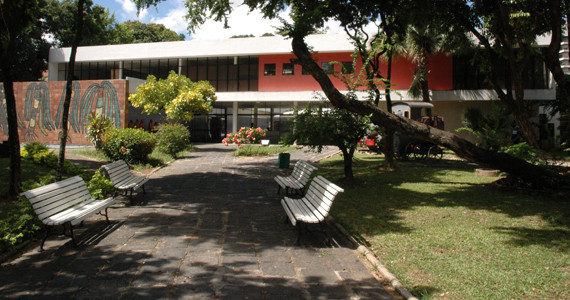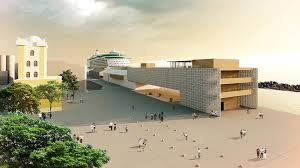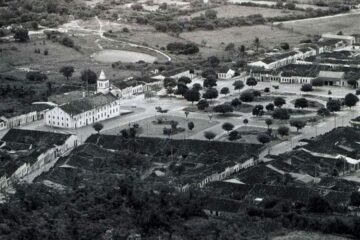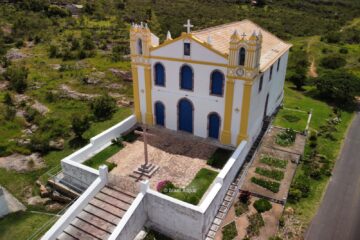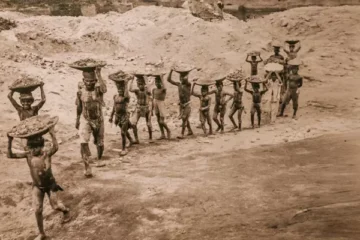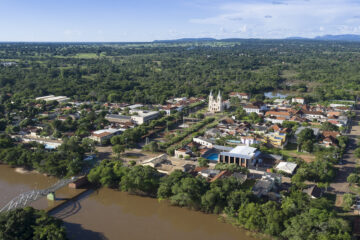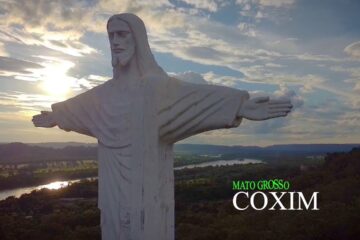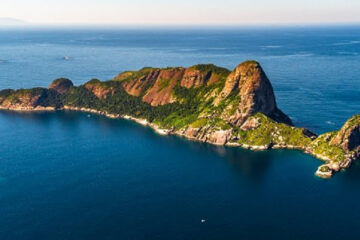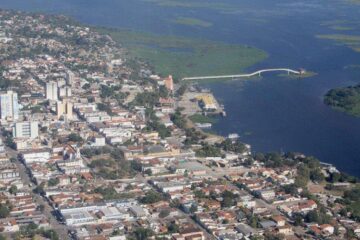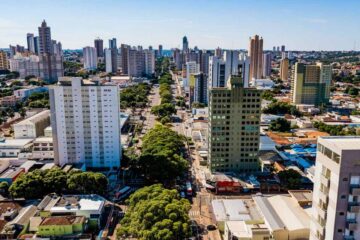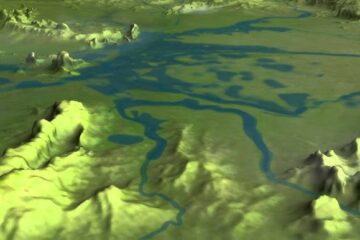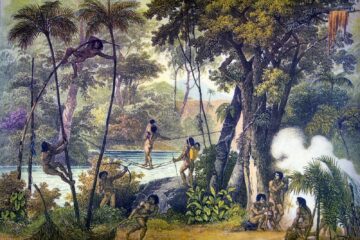The Campo das Princesas Palace was built in 1841 in neoclassical style, but over time it was rebuilt and expanded in eclectic style. [box type=”info” style=”rounded”] Neoclassicism was an artistic and literary period that emerged in the mid-eighteenth century, being an opposition to Baroque and Rococo.The elements of Greco-Roman architecture, […]
Recife
Recife is the Brazilian Venice and has great historical and cultural riches such as churches, forts, theatres, basilicas and a rich architecture, as well as beautiful urban beaches and carnival.
Still in the Metropolitan Region, the attractions are numerous. Recife Antigo, the most traditional neighbourhood of the capital of Pernambuco, a cultural and entertainment hub, is a must-see for tourists.
There are bars, restaurants, nightclubs, a craft fair, as well as the city’s ground zero and the first synagogue in the Americas, the Kahal Zur Israel, built in 1637 by Jews who came from Amsterdam to live in Recife.
The capital of the State of Pernambuco also stands out for its pioneering cinematography and for being the cradle of creative and entrepreneurial talents and every year the city of Recife becomes the stage for national cinema.
The best Brazilian films of the season are screened at CINE PE and filmmakers who have made a name for themselves in national cinema are present, as well as young directors, producers, actors and actresses, a showcase of the seventh art that has already entered the national calendar.
Igarassu is a historic city in the Metropolitan Region of Recife PE
The city of Igarassu is located in the state of Pernambuco, 27 km away from Recife, the state capital, as well as close to João Pessoa, the capital of Paraíba, just 90 km away. Located on the north coast of the state, Igarassu is part of the metropolitan region of […]
History of Pernambuco and Recife is marked by conflict
Pernambuco and its capital Recife, have a turbulent history. The history of Recife began in 1537: the king of Portugal divided the large colony into strips of land; The lands, called Hereditary Captaincies, were given to wealthy entrepreneurs so that they could prosper on behalf of the Crown. However, by […]
5 tourist attractions to visit in Recife PE
Recife offers a series of tourist attractions for all tastes. In addition to the beautiful beaches of the region, Recife also enchants for its historical and cultural attractions. Recife is one of the oldest in Brazil, it was founded by the Portuguese in the year 1537. Here, Portuguese, Indians and […]
Basílica de Nossa Senhora da Penha in Recife
Igreja de Nossa Senhora da Penha nestled in the heart of Recife’s commercial centre, the history of the Basilica of Penha dates back to the times of the Hereditary Captaincies, when Count Dutch Maurício de Nassau, then governor, welcomed the first French Capuchin missionaries to Pernambuco in 1642. Later, the […]
History and Architecture of the Igreja de Santa Teresa D’Ávila da Terceira Ordem do Carmo
The Church of Santa Teresa D’Ávila is located in Pátio do Carmo and is part of the Recife Sagrado, right next to the Basilica of the same name. Next to the Basilica in Carmo in Recife, we find a beautiful church, whose architectural design of the pediment resembles the same […]
History of the Kahal Zur Israel Synagogue in Recife
The Kahal Zur Israel Synagogue was founded in the first half of the 17th century, the Israeli congregation of Rua do Bom Jesus is recognised as the oldest synagogue in the Americas. The remains that prove the existence of the place of worship were found in archaeological excavations between the […]
Igreja Nossa Senhora da Boa Viagem in Recife
The Nossa Senhora da Boa Viagem Church in Pracinha de Boa Viagem in Recife, which was built on the sand of the beach, has its first records dating from the 17th century. Around 1862, the Church of Our Lady of Boa Viagem underwent a major renovation, which gave it its […]
Basílica de Nossa Senhora do Carmo
The Basilica Nossa Senhora do Carmo is a Catholic architectural complex belonging to the Carmelite Order, located in Recife. After the expulsion of the Dutch from Pernambuco, the authorities were reluctant to build a Carmelite convent in Recife – they preferred to concentrate their efforts on remodelling the convent in […]
Igreja de Nossa Senhora do Rosário dos Homens Pretos
The Church of Our Lady of the Rosary of Black Men in Recife is located on Larga do Rosário Street in the Santo Antônio neighbourhood, which is part of the Recife Sagrado was built in 1630 by the Brotherhood of the Rosary of Black Men, an association formed by black […]
Sacred Recife Route and Religious Tourism in Recife PE
Sacred Recife is a religious tourist route where tourists get to know the churches and basilicas as well as the architecture, history, culture and religion. The city of Recife has a heritage of sacred art like few cities in Brazil. History, culture and religion have always gone hand in hand […]
Museu do Homem do Nordeste in Recife houses collection of 15 thousand pieces
The Museu do Homem do Nordeste or Museum of the Man of the Northeast in Recife in the state of Pernambuco is the result of bringing together the collections of the former Museu do Açúcar, Museu de Antropologia and Museu de Arte Popular. Opened to the public in 1979, it […]
Cais do Sertão Museum unites art, culture and technology
A few meters from the Marco Zero of Recife, the Cais do Sertão is installed The Cais do Sertão museum has 7,500 m2 of built area just a few meters from Recife’s Marco Zero, Cais do Sertão is installed. The proposal of Cais do Sertão is to be much more […]
Recife of the Dutch and Dutch Invasion in Brazil
Recife dos Holandeses began with the Dutch invasion that was part of the Dutch project to occupy and administer the Brazilian Northeast through the Dutch West India Company. In 1624 the Dutch had already created the West India Company and started plans for the expansion of their overseas domains in […]
Recife is all about seeing the historical landmarks and soaking up the sun on the urban beaches
Born on the quayside from a natural anchorage, Recife began to expand in 1537 towards the neighbourhoods today called Santo Antonio and São José. The surrounding sugar cane mills gave rise to neighbourhoods such as Graҫas, Madalena and Casa Forte, always on the banks of the Capibaribe River, which cuts […]











